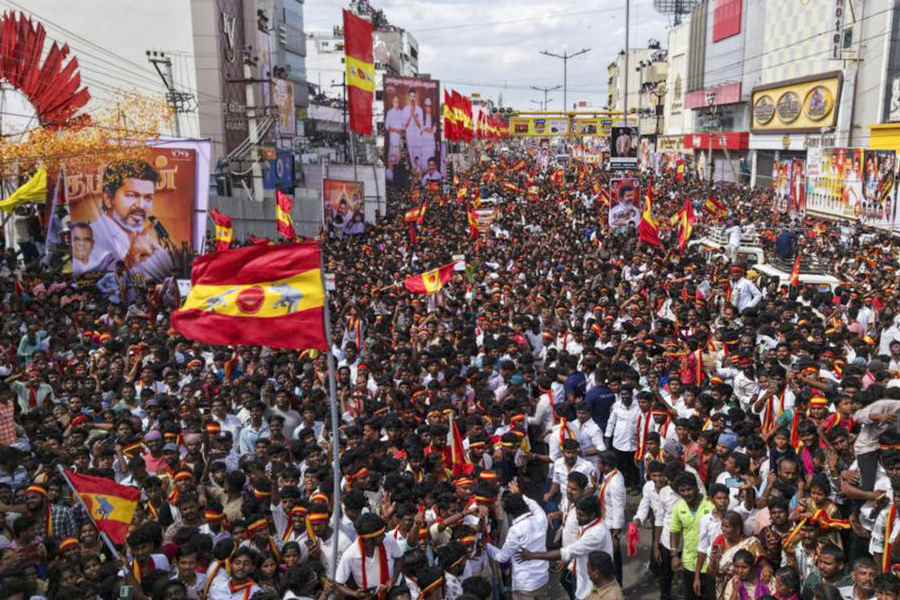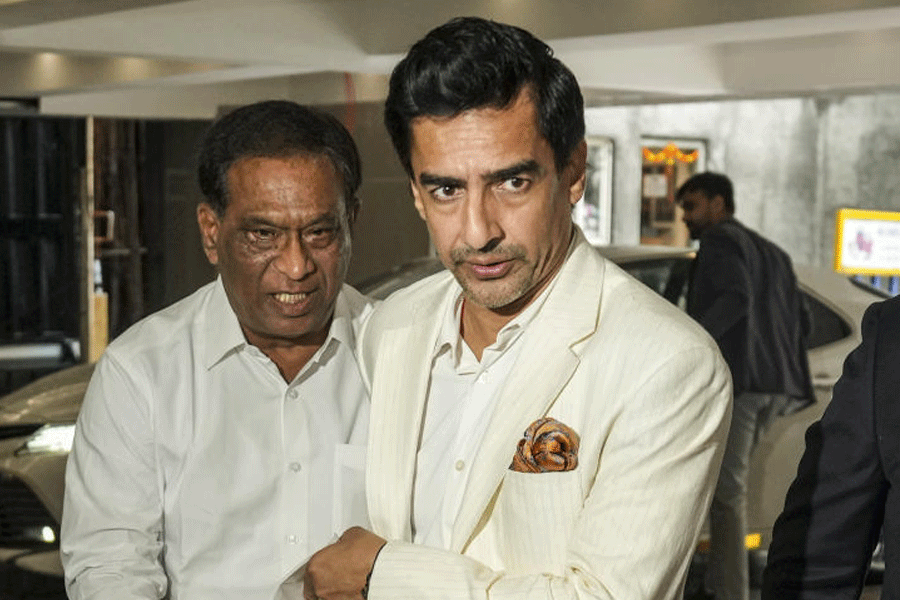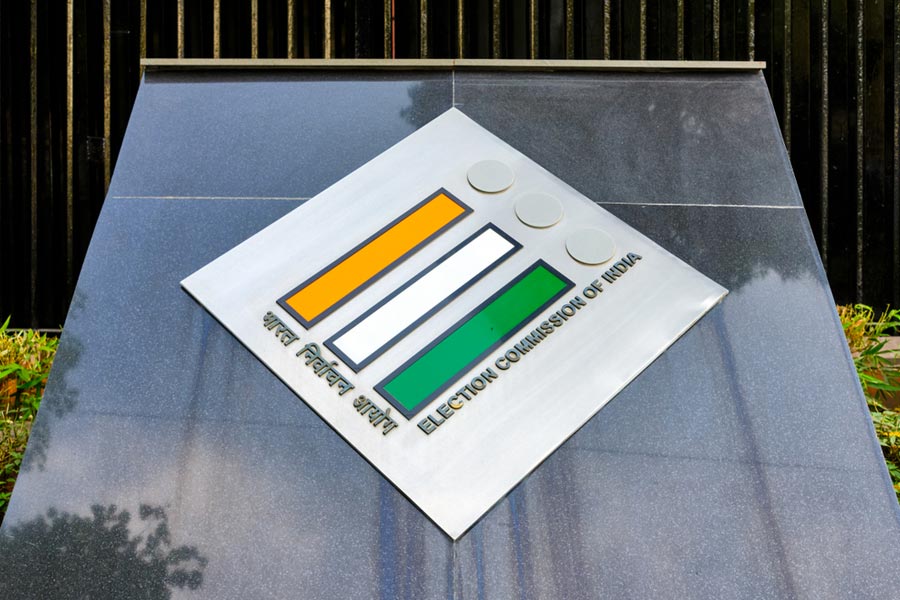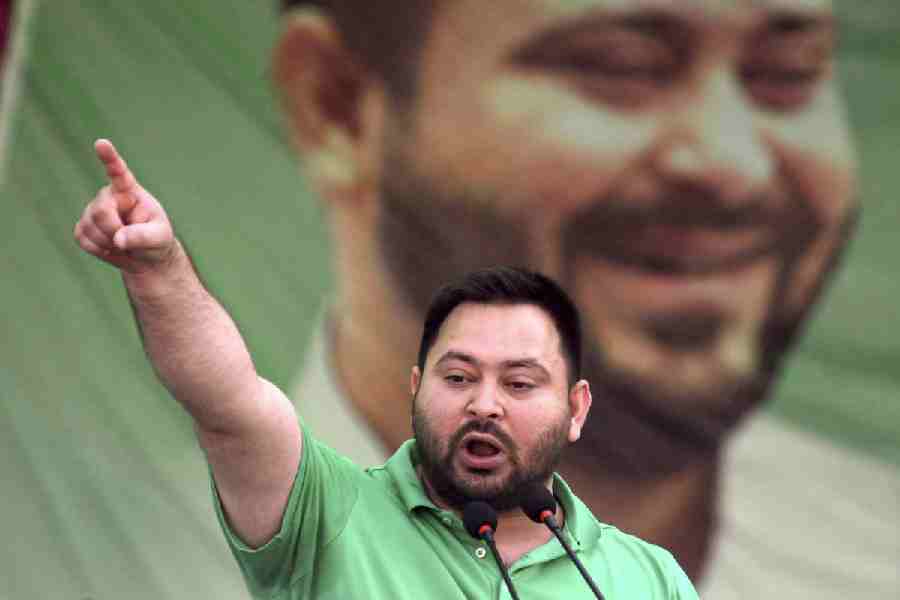 |
| LOVE ALL: Saina Nehwal at the London Olympics, and (inset, from left) Nandu Natekar, Pullela Gopi Chand, Prakash Padukone and Syed Modi |
Change was in the air. It was the March of 1947, and India was caught in the crossfire of talks on Independence and Partition. As political leaders wrangled over boundaries, two young men from Lahore, the capital of undivided Punjab, plotted a coup of their own — on how to win the singles at the All England Badminton Championship in London.
Prakash Nath and Devinder Mohan, who alternately won the national men’s singles titles from 1942 to 1946, wanted a shot at the unofficial world championship. They had even convinced citizens in Lahore to raise a decent sum of money for their journey to London.
But their dream of facing each other in the final suffered a setback when they learnt they had to compete against one another in the quarter finals. The friends decided to settle the result outside the court. They tossed a coin to settle on the winner. Nath won the toss — and went on to win the subsequent semi final, the first Indian ever to do. Nath, who lost the finals to Swede Conny Jepsen, was followed by Prakash Padukone 33 years later.
 |
| From Courting Success by Shirish Nadkarni |
If there’s a sport where India has held its head high, it is badminton — the only game which has seen a series of world class players. In a sport that involves hitting a shuttlecock, which can travel at a screaming speed of over 300 kmph, India indeed has acquitted itself well. The latest triumph came in the form of a bronze medal that Saina Nehwal won in the London Olympics.
“Indian badminton has always had pedigree. I do believe that a champion of a particular era owes a substantial part of his success to champions of the past,” says Dev S. Sukumar, author of Padukone’s biography, Touch Play. Success comes not just because of inspiration and the imparting of skills, but when a climate is “ripe” enough to produce champions, he says.
India’s history of badminton is full of stories of success. Around the same time that Nath and Mohan were making their mark, far away in Sangli — now in Maharashtra — a teenager called Nandu Natekar, having tried his hand at various sports including tennis, was coming into his own in badminton.
“I didn’t pursue tennis as it was more of an elite sport, being played only in clubs. Badminton, on the other hand, was very much a middle-class sport. Perhaps it attracted people because of the ease with which one could put a shuttle across the net,” says Natekar, now settled in Pune.
Often in the top 10, Natekar at his peak defeated world No. 1 Erland Kops of Denmark in 1958. Shirish Nadkarni, commentator and author of Courting Success — Icons of Indian Badminton, describes the six-time national champion as the Ranjitsinhji of badminton. “With great wrists and deft strokes that were full of deception, he wielded the racquet like a magic wand,” Nadkarni says.
Perhaps the Indian presence in the world badminton court has something to do with the fact that the modern form of the game originated in India. Called Poona, it was played in the 1800s by British officers who took it with them to England — where it was rechristened Badminton after Badminton House, the Duke of Beaufort’s country house in Gloucestershire, where it was played regularly.
The first national tournament in India was held in 1934. India was host to a great many international badminton players too. Wong Peng Soon of Malaysia-Singapore, Eddy Choong of Malaysia, and Erland Kops and Finn Kobbero of Denmark appeared in tournaments and exhibition matches — heightening the public popularity of the game. The emergence of talented Indian players added to the lure.
If history matters, so do Indian genes and genius. “Indians have some definite advantages such as supple wrists, control, patience and deception,” says Pullela Gopi Chand, former World No. 4 and All England singles winner. He believes that the Indian male’s average height — 5 feet and 8 or 9 inches — also helps in badminton. “It is easier for a player of this height to quickly go up and also reach down for the strokes,” he says.
Prakash Padukone, of course, was an exception. When the lanky 17-year-old from the middle-class neighbourhood of Malleshwaram in Bangalore won his first national championship in 1972, he stood over six feet. In his two-decade domination of the game, he won almost every international title. Padukone remained in the World Top Ten for almost a decade, even as players from countries such as Indonesia, Malaysia and China began coming up.
He set the tone for the professional player, working on his fitness diligently, and building up physical endurance. “He was perhaps the first Indian player to approach badminton with a professional mindset,” says Sukumar, pointing out that he worked out with a professional physical trainer in Denmark.
 |
| MOMENT OF TRIUMPH: Saina Nehwal and P. Gopi Chand at the medal ceremony in London, and (below) her biography |
He also changed his food habits — often cited as a factor behind Indians’ dismal performances against rivals pumped up with proteins from their meat-and-fish diets. “From a vegetarian, he turned non-vegetarian,” Sukumar adds.
Padukone set the ball rolling in another way. After his retirement, he established the Tata Padukone Badminton Academy in Bangalore. Among those who trained there was Gopi Chand. With a combination of talent, stamina and determination, Gopi went on to win a clutch of tournaments, including the All England singles title in 2001. He was ranked among the Top 10 Players of the world with the best ranking of No. 4.
“Badminton has benefited from having role models, who were there in flesh and blood before you,” says T.S. Sudhir, author of Saina Nehwal: An Inspirational Biography. If Padukone inspired Gopi Chand, the latter went on to enthuse and train younger players. “These youngsters had seen Gopi training every day at the stadium in Hyderabad and then in Bangalore and got the feeling that if he could do it, they could do it too,” he adds.
 |
Saina Nehwal stresses that the biggest influences on her were Gopi Chand’s participation in the 2004 Olympics and player Aparna Popat’s exploits around the world. “I dreamt about making it big in Olympics only after watching Gopi Sir play in the 2004 Olympics. Aparna too showed that we could compete at the international level,” she adds.
The well-run professional academies in the country have helped too . For Gopi Chand, the game changer was his training at Padukone’s academy in Bangalore. “Players of my generation benefited from the academy,” says Gopi Chand, who went on to set up his own school (the Gopichand Badminton Academy, Hyderabad) for young players — including Nehwal — after he retired. “The focus of both the academies is on international results,” he adds.
Badminton watchers, however, stress that most Indian badminton champions have come riding on their natural talent, hard work and sheer determination, with little help from official sports bodies. “The Badminton Association of India has not covered itself in glory at any point in time. In fact more often than not, it has worked against the players. Most of our greats came up in spite of the system,” Nadkarni says.
That would explain why while a few Indians excel in badminton, countries like China have long raced past India. China has won 38 medals including 16 gold medals ever since badminton was introduced in the Olympics in 1992. India has won only a bronze medal.
Nadkarni believes it all boils down to infrastructure. “The Chinese train in indoor courts and build their stamina from childhood. Moreover they have a huge talent pool because of their training facilities,” he says. But while the Chinese are more structured in their thinking, Indian players think on their feet, he adds.
V.K. Malhotra, acting president, Indian Olympic Association, believes India should tap the talent when the going is good. “When Padukone won the gold medal at the Edmonton Commonwealth Games in 1978, I thought India would build from there, but China and Malaysia stole a march on us. Saina has again set the momentum, we should build on it. We need more indoor courts and infrastructure,” he says.
It’s a game that demands investments. Quality racquets cost between Rs 15,000 and Rs 20,000 and each international quality shuttlecock costs Rs 250-500. Gopi Chand recalls that his mother had to sell her jewellery to buy him a racquet.
When it comes to money, badminton has always been a poor cousin of individual games such as tennis. The total prize money for five titles in badminton in the India Open, held every year, is around $2,00,000. The Indian Open for men in tennis commands a total prize money of around $4,00,000 for two titles. The prize money for the All England Open Championship, which is badminton’s Wimbledon, is $3,50,000 — as opposed to the $25 million in the Wimbledon championship.
Perhaps Saina’s recent victory will provide the fillip that the country needs. “Thanks to recent successes, badminton is being seen as a sport on the rise in India. Indian players have a spring in their step. They are more confident of their future,” says Sudhir.
Indeed, a clutch of talented young players is waiting to burst into the limelight. Parupalli Kashyap, Sourabh Verma and others are emerging from small towns and cities — smashing their way into tournaments. Nath and Mohan would have been proud of their legacy.
On the World Stage
Prakash Nath: All England Championship (1947) – Finalist (in pic, left, with Devinder Mohan)
Nandu Natekar: Sellanger Championship (1954); Merdeka Tournament (1954); Kings Cup at Bangkok (1954) – Winner; Captained India at the first Asian Championship (1965)
Prakash Padukone: Commonwealth Games (1978) – Winner; Danish Open (1980); Swedish Open (1980); All England Championship (1980) – Winner; World Cup (1981) – Winner
Syed Modi: Commonwealth Games (1982) – Gold; Asian Games (1982) – Bronze; Austrian International (1983, 84) – Winner
P. Gopi Chand: Toulouse Open, France (1999); Scottish Open (1999); Asian Satellite (1999) – Winner; All England Open Championship (2001) – Winner
Saina Nehwal: World Junior Badminton Championships (2008) – Winner; Indonesia Open (2009) – Winner; Singapore Open (2010); Hong Kong Open ( 2010); India Open Grand Prix (2010) – Winner; Swiss Open (2011) – Winner; Indonesia Open (2012) – Winner; London Olympics (2012) – Bronze










